When considering the operation of semi-trucks, one of the most pivotal aspects involves understanding the legal limitations on their lengths. In the transportation industry, compliance with regulations on semi-truck and trailer dimensions is essential for safety, efficiency, and legality. This detailed exploration sheds light on the factors influencing how long a semi-truck and trailer can be and offers a comprehensive overview of regulations, configurations, and industry standards.
Table of Contents
- Federal Regulations Governing Length
- State Regulations and Variations
- Common Semi-Trailer Configurations
- Factors Influencing Trailer Length
- Weight vs. Length Considerations
- Permits for Oversized Loads
- Conclusion
Federal Regulations Governing Length
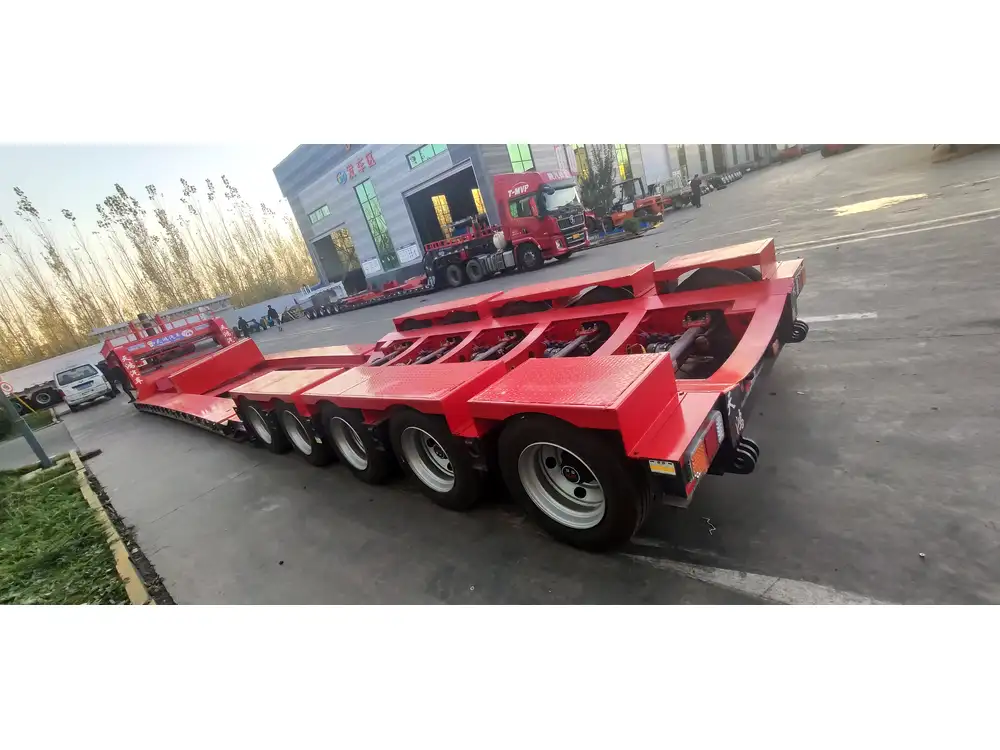
Gross Vehicle Length Limits
Under federal law, the length of a semi-truck coupled with its trailer is regulated primarily by the Federal Motor Carrier Safety Administration (FMCSA). According to Title 49 of the United States Code, the maximum allowable length for a combination vehicle (which includes the truck and the trailer) is typically no more than 65 feet. However, this regulation may vary depending on specific circumstances and configurations employed.
Specifics of Truck and Trailer Combinations
For transport trailers, the lengths can differ based on:
- Standard Trailers: The common trailer length is 53 feet for freight hauling.
- Conventional Semi-Trucks: These vehicles usually have a maximum length of 40 feet from the front of the cab to the end of the trailer.
- Bus Lengths: Buses can sometimes exceed standard lengths but typically cannot surpass 45 feet for safety concerns.
Specialized Vehicles and Length Exceptions
Certain specialized vehicles, such as those designed for transporting specialized cargo or equipment, may possess unique length allowances under federal regulations. It is crucial to refer to specific statutory provisions governing these vehicles.
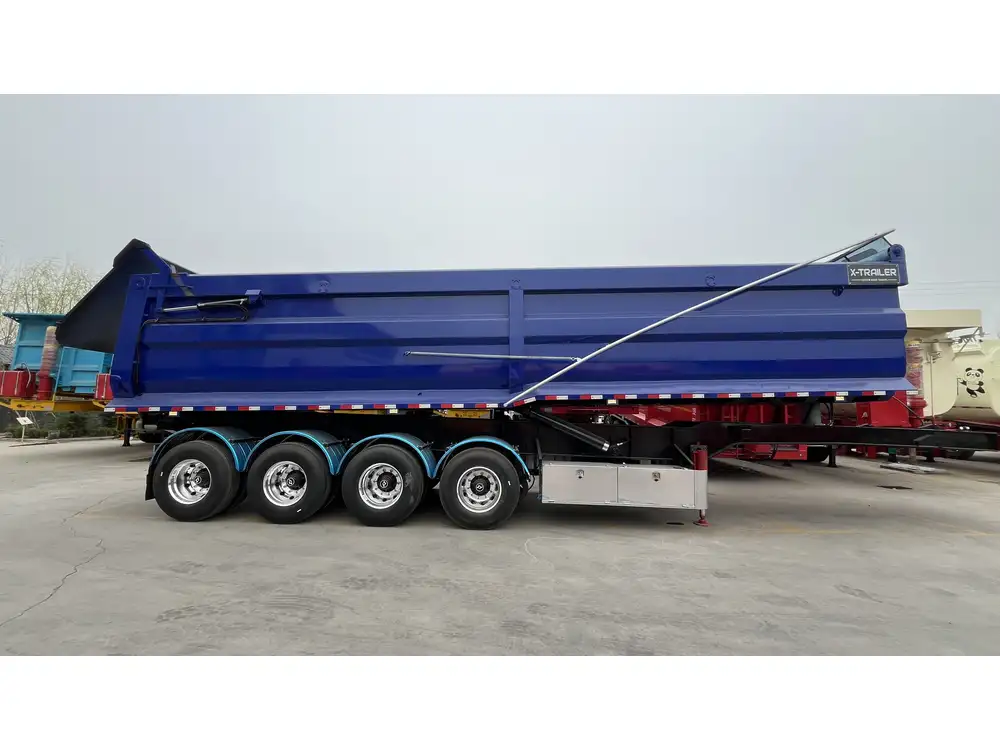
State Regulations and Variations
Recognizing State-Specific Laws
While federal guidelines set a baseline for vehicle length, individual states can impose more stringent regulations. Truck operators must be cognizant of the laws in every state they pass through, as variations can impact operational logistics significantly.
- California: Allows maximum lengths of 75 feet for certain combinations.
- Texas: Permits up to 80 feet but has specific routes for oversized loads.
- Florida: Maintains the federal limit as a standard but allows some flexibility for specific transport needs.
Interstate Transportation Considerations
For trucking companies whose operations cross state lines, understanding how state laws interact with federal regulations is vital. Drivers often need to carry documentation or a permit when traversing states where special allowances apply.
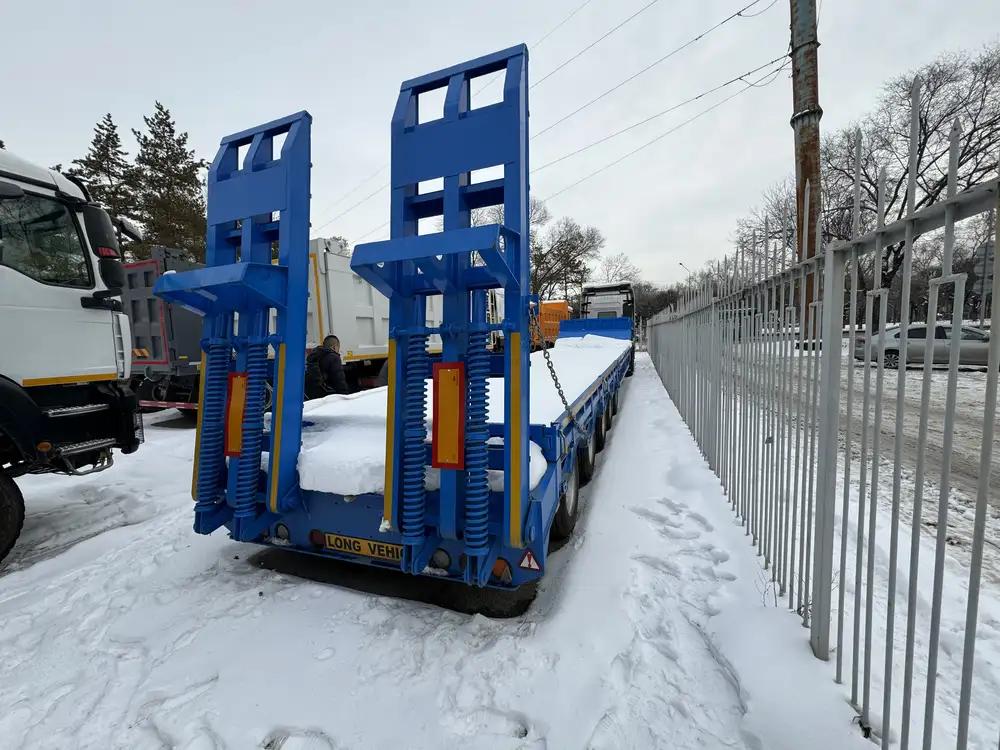
Common Semi-Trailer Configurations
The Versatile Tandem Axle
Tandem axle configurations are prevalent across the industry, typically consisting of two axles at the rear of a trailer. These setups can accommodate varying lengths while distributing weight evenly to promote stability and safety during transport.
Triple Axle Trailers
Considering the increasing demand for freight movement, some operators use triple-axle trailers, which can provide greater load capacity. However, as configurations increase, so do length restrictions based on state regulations.
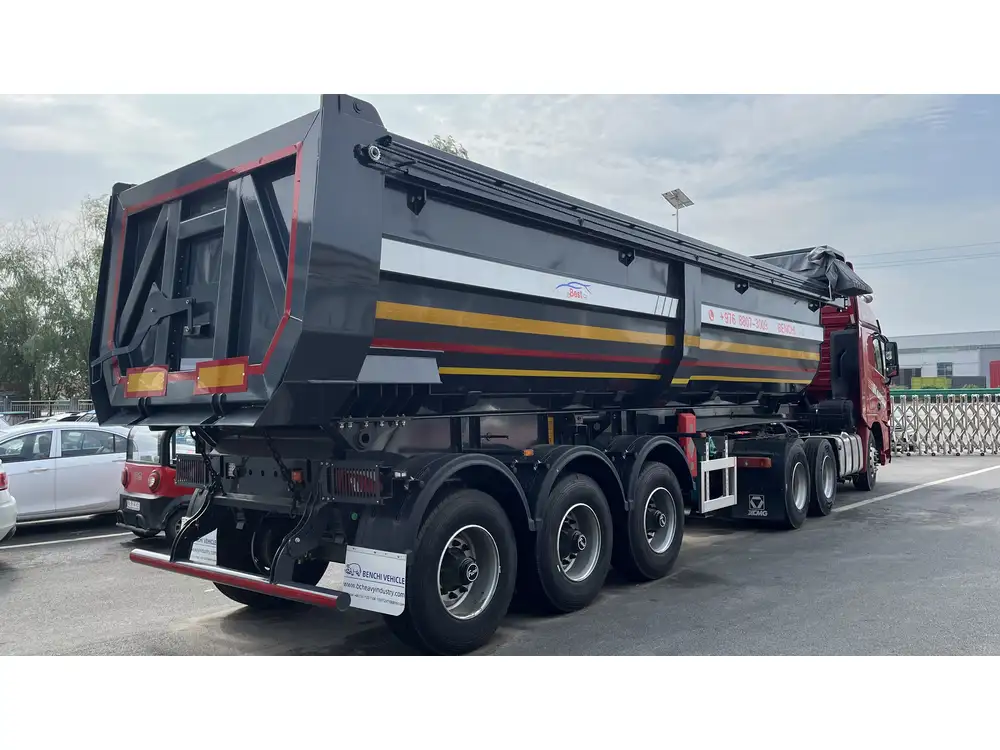
Specialty Trailers
- Flatbeds: Often longer than standard enclosed trailers, allowing for oversized loads with more flexibility.
- Reefers: Temperature-controlled trailers designed for sensitive cargo, typically limited to the same overall length standards as conventional trailers.
Factors Influencing Trailer Length
Cargo Types and Transportation Needs
Different cargo types necessitate varying trailer lengths. For example, oversized machinery or construction materials require specialized containers often exceeding standard length limits, thus requiring permits.

Safety and Maneuverability
Longer trailers can pose challenges regarding maneuverability, particularly in urban environments. Understanding how length affects turning radius, parking, and unloading practices helps operators strategize for efficient operations.
Weight Distribution
Concerns surrounding weight distribution contribute significantly to trailer length decisions. An evenly distributed weight mitigates risks associated with swaying and tipping, particularly during abrupt maneuvers.
Weight vs. Length Considerations
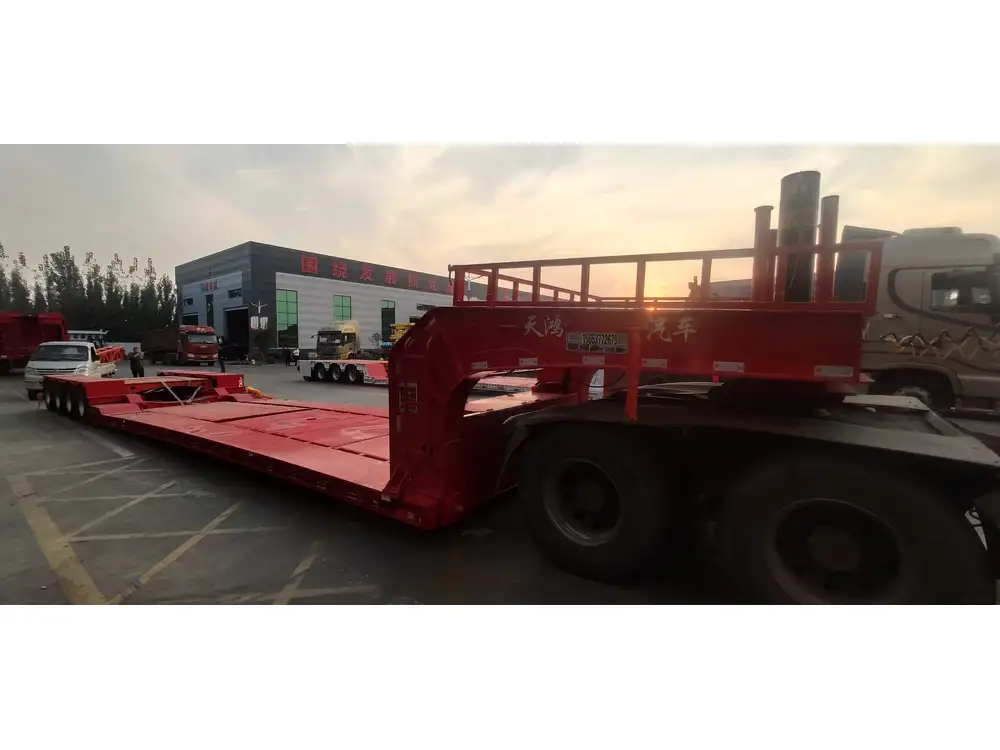
Legal Weight Limits
The interplay between weight and length regulations is critical for freight carriers. Under the International Vehicle Weight Table, the maximum gross weight varies inversely with length—longer trailers have lower weight thresholds:
| Trailer Length | Maximum Weight |
|---|---|
| 48 feet | 80,000 lbs |
| 53 feet | 80,000 lbs |
| 60 feet | 85,500 lbs |
Load Optimization Strategies
To maximize payload efficiency, understanding how length affects weight distribution underlines the importance of securing optimal load placement.
Permits for Oversized Loads
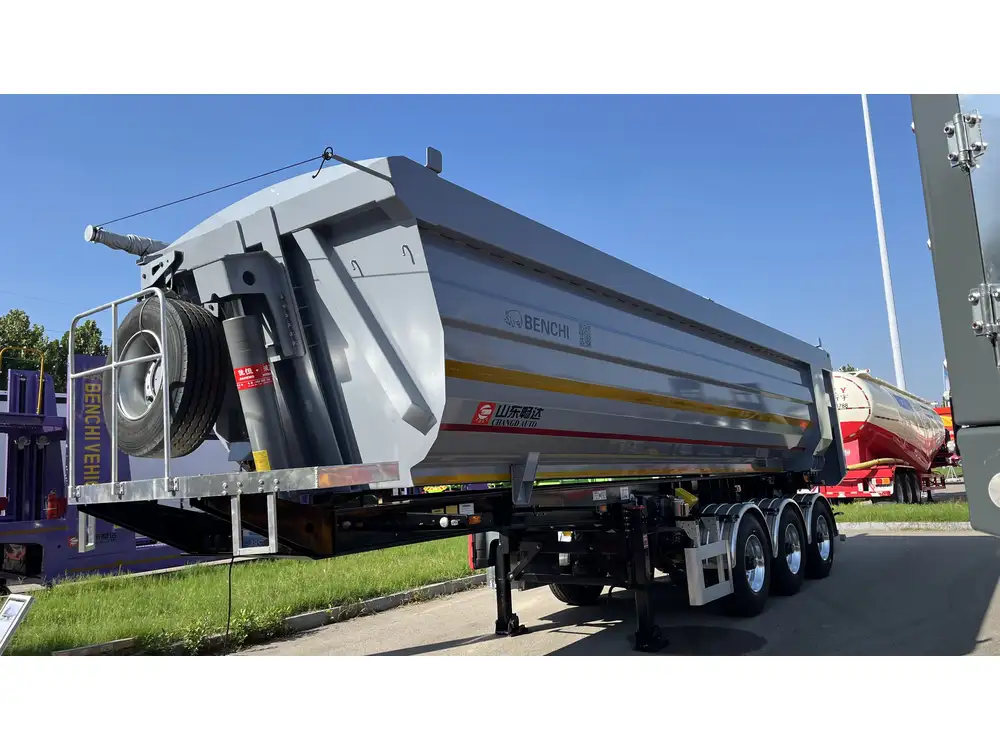
When to Seek a Permit
Traveling with a semi-truck and trailer that exceeds the basic length guidelines typically necessitates an oversized load permit. These permits often dictate specific travel routes, times, and regulations to follow when transporting oversized equipment.
Responsibilities of the Operator
Truck operators must liaise with state transport authorities to obtain the necessary permits, ensuring compliance with overarching regulations. Often, compliance includes pre-journey inspections and certifications that vehicles meet safety standards.
Costs Associated with Oversized Permits
Permit costs can vary widely depending on the weight and size of the load being transported. Additionally, operators may incur fees for implementation of pilot vehicles to guide oversized loads safely.

Conclusion
In summary, understanding the length restrictions for semi-trailers is an essential component of effective fleet management. Comprehending the influence of federal and state laws, assessing various semi-trailer configurations, and recognizing the operational impacts of cargo considerations shape the decision-making process.
As the transportation industry continually evolves, it becomes crucial to stay updated on legislative changes and technological advancements that may alter the landscape of semi-truck regulations. Building a foundation based on in-depth knowledge not only promotes legal compliance but ultimately contributes to improving operational efficiencies while enhancing road safety.
Navigating the complexities of semi-truck and trailer dimensions presents challenges, but with the right information and strategies, operators can ensure smooth operations and successful logistics. Embracing this knowledge enables manufacturers, freight carriers, and contractors alike to stay ahead in an increasingly demanding and competitive industry.



